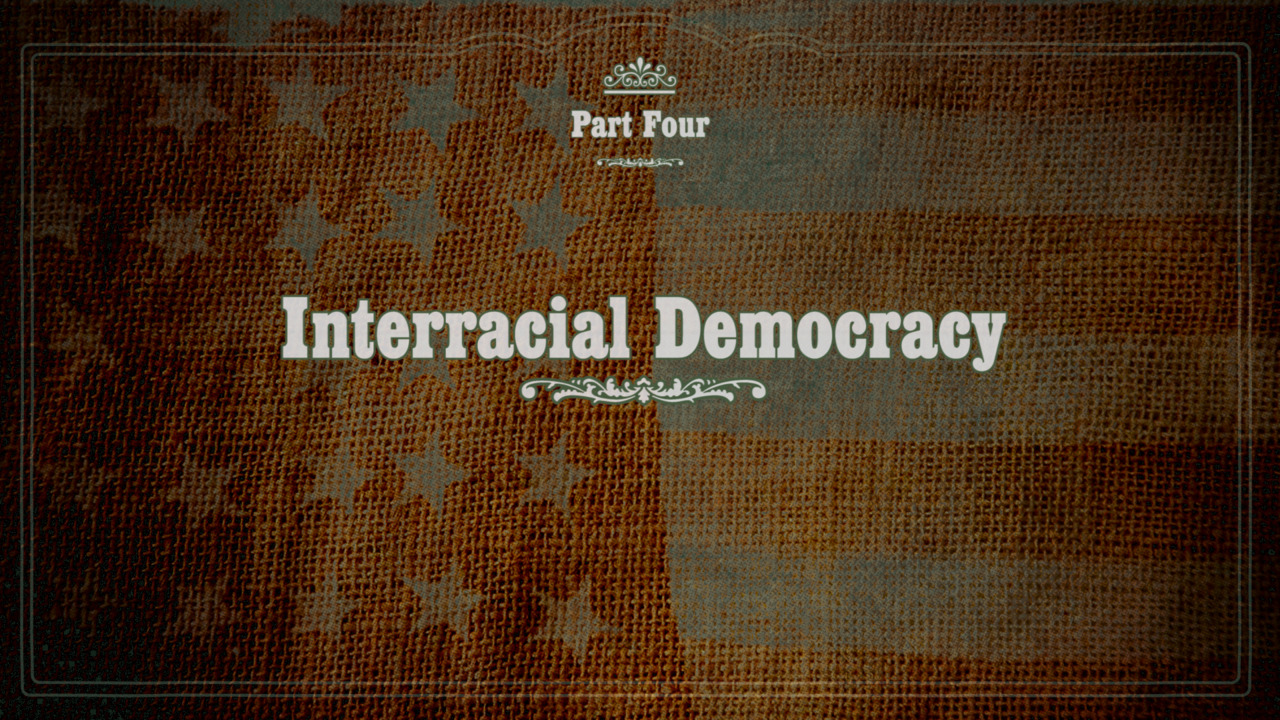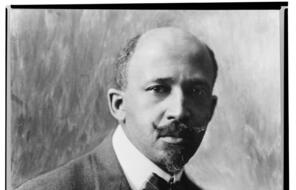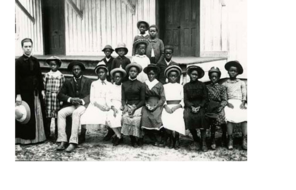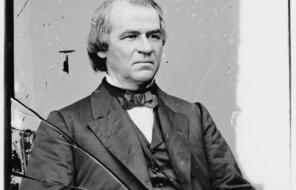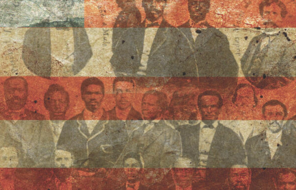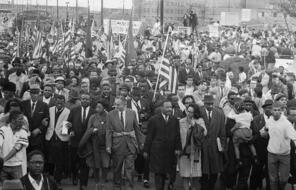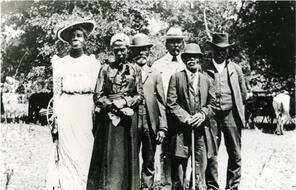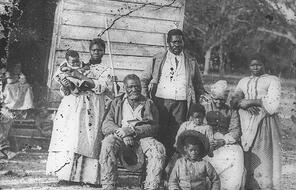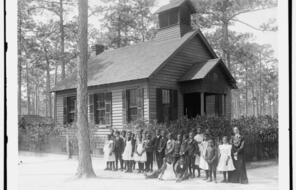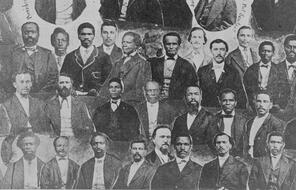
Interracial Democracy
At a Glance
Language
English — USSubject
- History
Grade
9–12Duration
One 50-min class period- Democracy & Civic Engagement
- Human & Civil Rights
- Racism
Overview
About This Lesson
Radical Reconstruction brought about revolutionary changes to the nature of democracy and the structure of American society, especially in the South. Centered on Part Four of Facing History’s video series about Reconstruction, and enhanced with activities and readings, this lesson will help students explore the consequences of Radical Reconstruction. Students will reflect on how the groundbreaking changes that occurred because of new laws in the late 1860s and early 1870s affected the strength of American democracy.
This lesson is part of Facing History’s work on the Reconstruction era and part of a series of lessons focused on our Reconstruction videos. Use this lesson to engage students in a conversation about the period of interracial democracy that occurred during Radical Reconstruction. In addition to the suggestions below, see Lesson 8 in The Reconstruction Era and the Fragility of Democracy for more resources and background information.
Lesson Plans
Activities
Extension Activities
Materials and Downloads
Interracial Democracy
The Political Struggle, 1865–1866
Violence and Backlash
Unlimited Access to Learning. More Added Every Month.
Facing History & Ourselves is designed for educators who want to help students explore identity, think critically, grow emotionally, act ethically, and participate in civic life. It’s hard work, so we’ve developed some go-to professional learning opportunities to help you along the way.
Exploring ELA Text Selection with Julia Torres
On-Demand

Working for Justice, Equity and Civic Agency in Our Schools: A Conversation with Clint Smith
On-Demand

Centering Student Voices to Build Community and Agency
On-Demand


